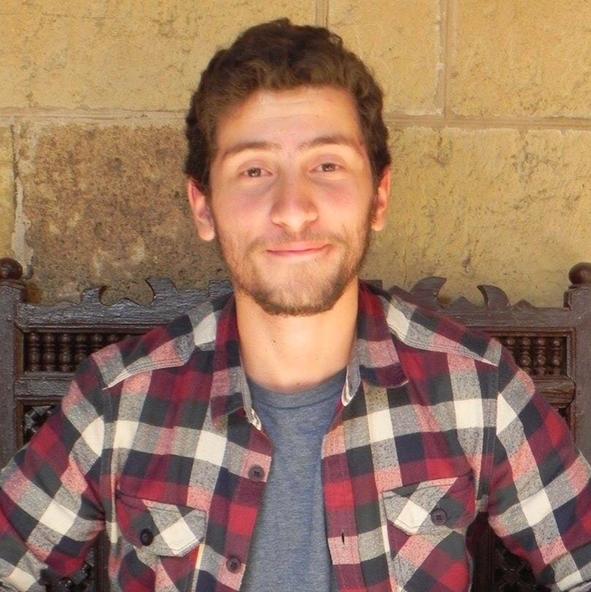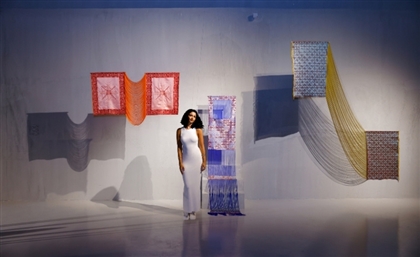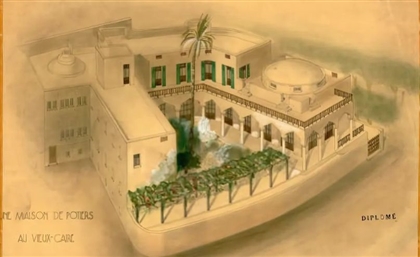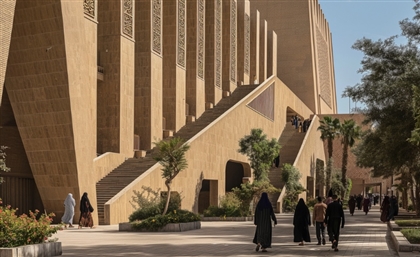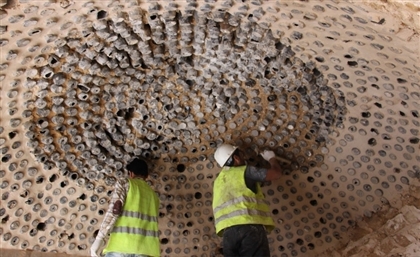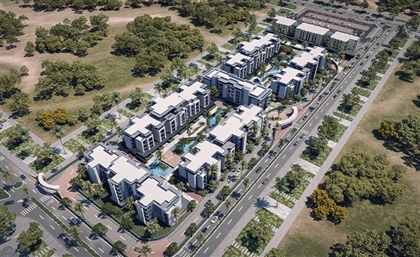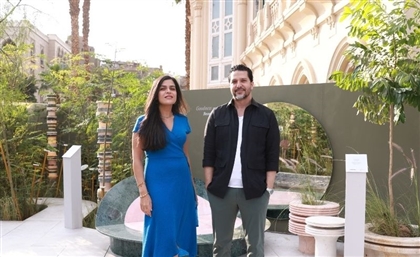From Cattle Shed to Mamluk Heritage Home: A Spectacular Restoration
This Mamluk house in Old Cairo was transformed from a cattle shed owned by butchers into a magnificent private home and solar-powered heritage hub.
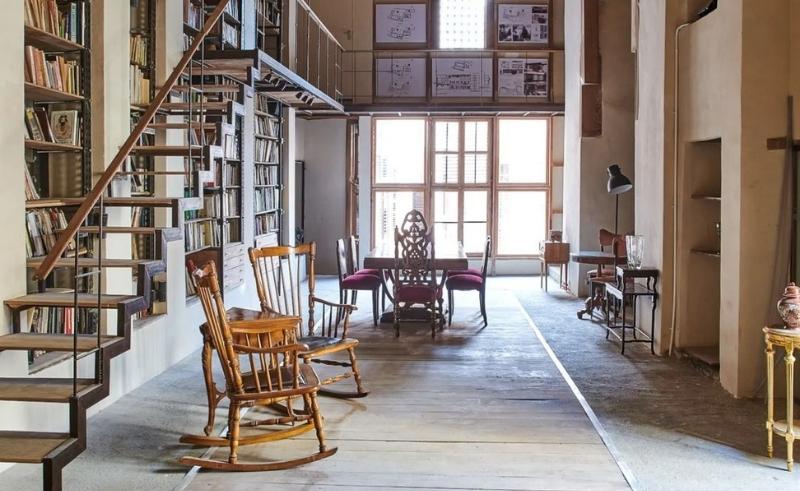
Riddled with mystery, Bayt Yakan is a magical Mamluk house hidden in the narrow alleys of Old Cairo’s historic neighbourhood, El-Darb El-Ahmar, built in the 17th century by a Persian Agha. Today, it’s the private residence of Alaa El-Habashi, a professor of architecture and heritage preservation at Menoufia University, who restored it in 2009 into a solar-powered heritage hub that has been hosting workshops aimed at engaging with the local community and supporting crafts.
Things weren’t always so fruitful in Bayt Yakan. It was forcefully taken by Ottoman ruler Mohammed Ali, who gifted it to his nephews. Like most Mamluk houses at the time, Bayt Yakan was vandalised, with its red balcony covered by plaster and its decorated columns enclosed by walls.
El-Habashi - who previously restored another historical house in Bayt Al Razzaz - found Bayt Yakan as a run-down property since its owners (descendants of the nephews, who were butchers by profession) had turned it into a cattle shed. When he heard that it was going to be sold and demolished he decided to purchase it, embarking on a journey through its timeline to figure out how it originally looked.
Columns aside, El-Habashi found entire rooms completely blocked to seal off the dazzling (and, to some, undesirable) beauty of Mamluk design. Nevertheless, he wanted to give both periods their due. His approach is epitomised in the main hall, which features an Ottoman-signature ornate ceiling neighbouring intricate Mamluk woodwork, and was turned into the Alaa El-Habashi Rare Books Library.
- Previous Article The Enduring Charm of Jeddah’s Old Town of Al Balad
- Next Article This Swiss-Egyptian Photographer Views Europe Through Mosque Windows



